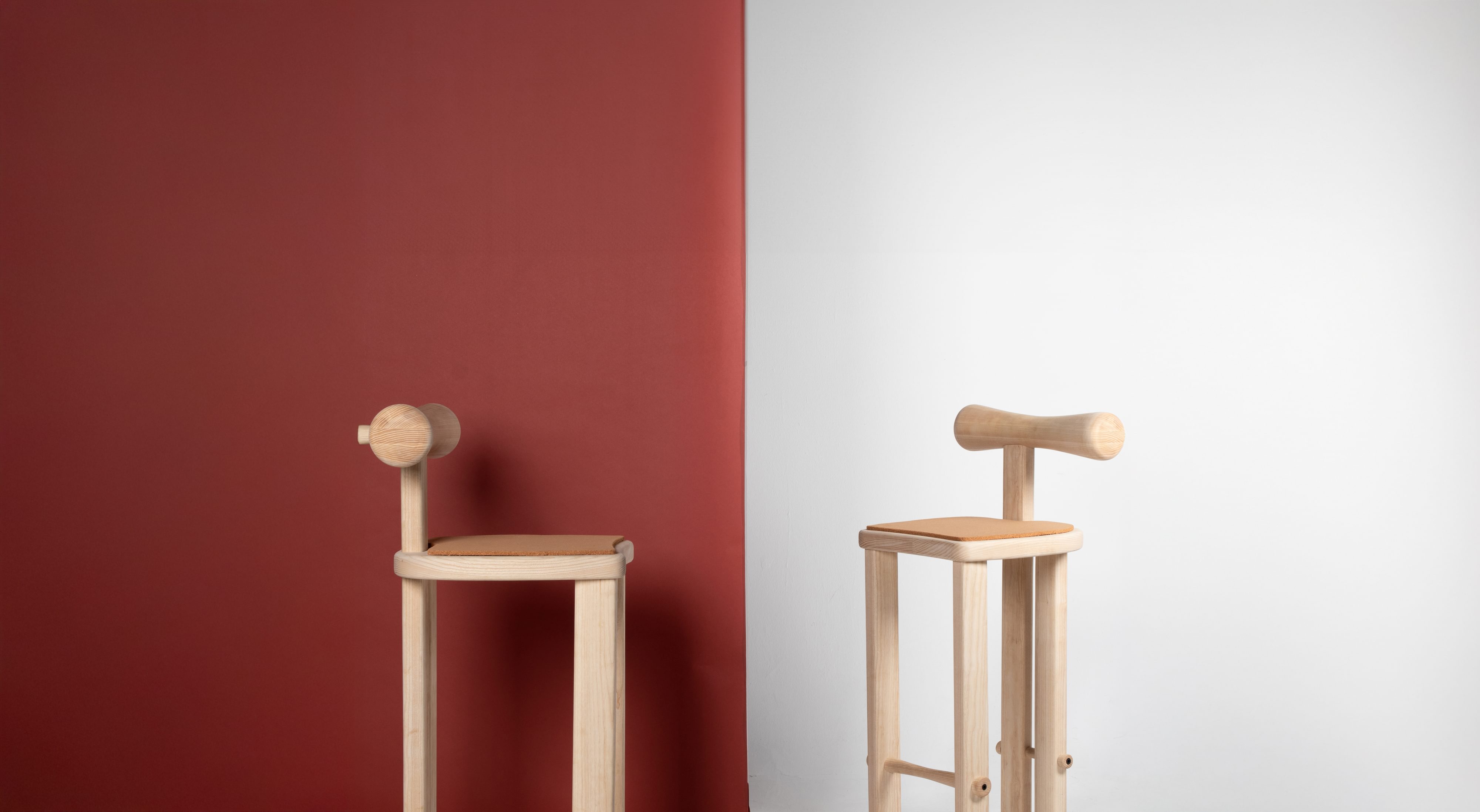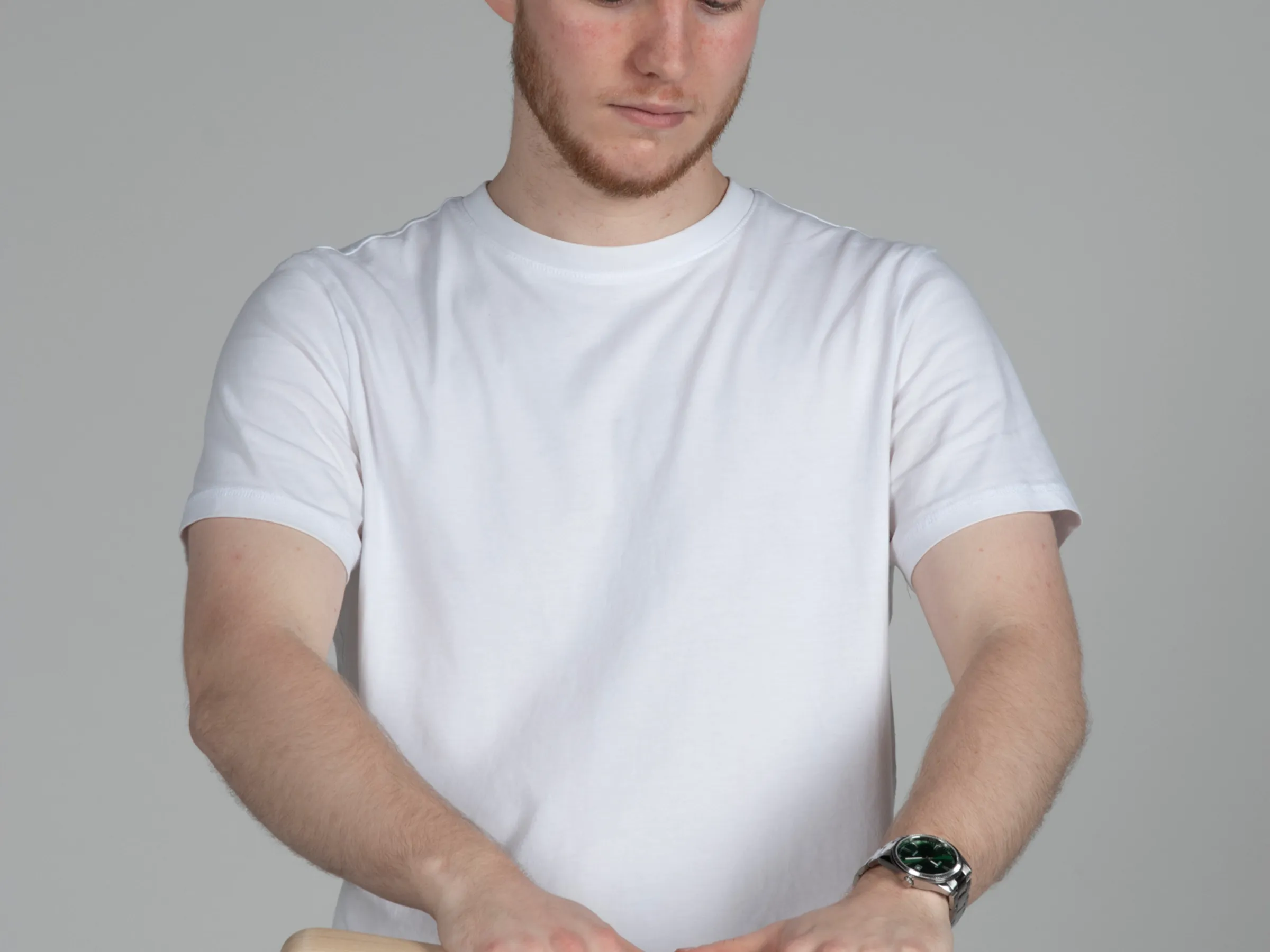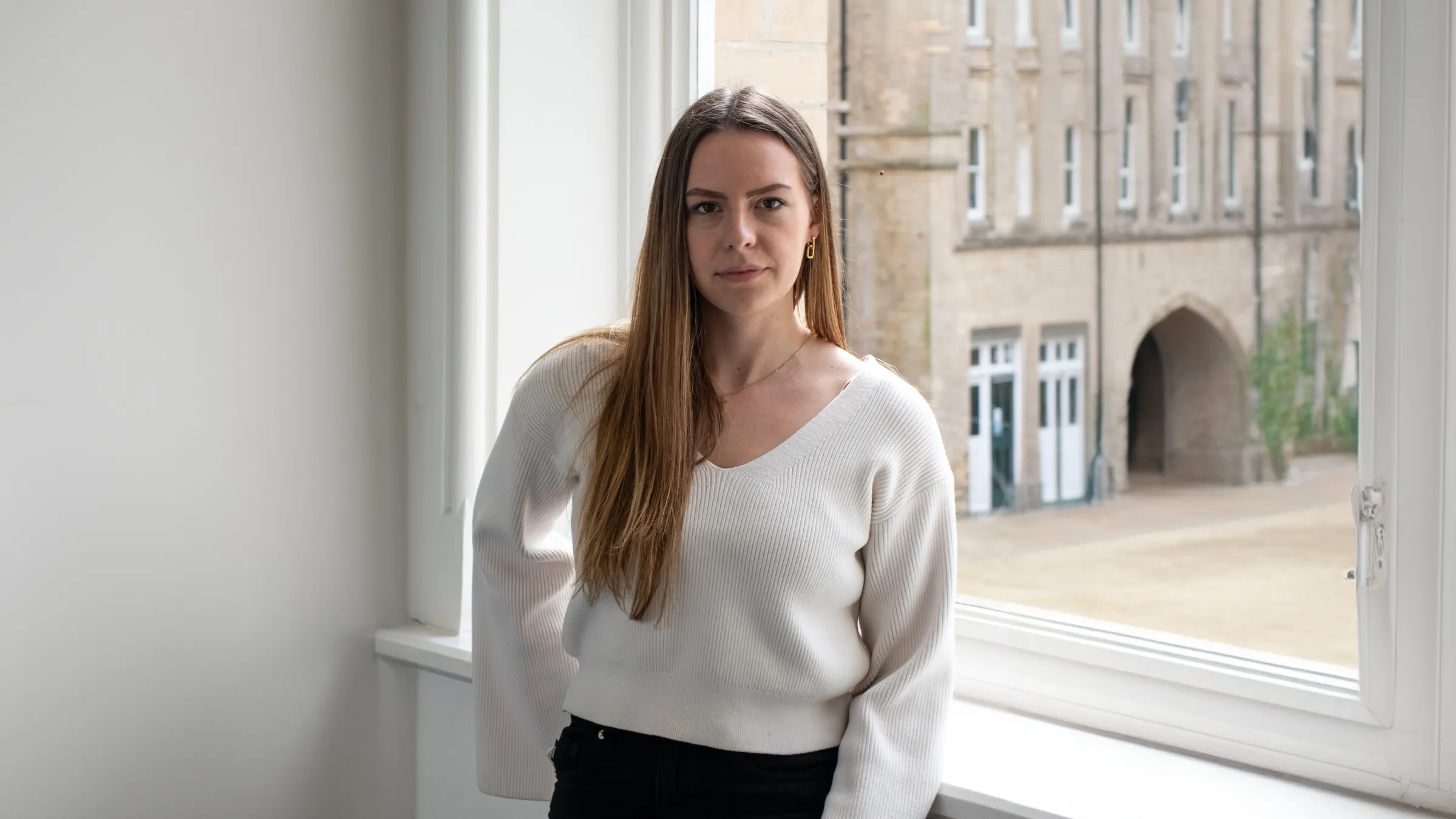The Next Generation of Furniture Designers
Spotlight on Emerging Talent: Hayden Monk
Sketch Studios continues to showcase fresh talent in the latest edition of the Furniture Designer Spotlight - Highlighting emerging voices reshaping the future of furniture design.


Written by
Gareth van Zyl
Contents
At Sketch Studios, we’re committed to shining a light on the designers shaping the future of furniture – the ones asking better questions, making more considered choices, and building work that reflects the way we live now. In this edition of our Emerging Talent series, we speak to Hayden Monk – a hands-on, inquisitive designer currently in his final year at Birmingham City University’s College of Art and Design, where he studies Product and Furniture Design.
Where do you draw inspiration from for your designs?
Each of my projects draws inspiration from a wide range of sources – from an architectural detail to an abstract sculpture, or even just everyday objects. I always seem to return to a small collection of designers and design studios that help validate and guide my own work. Inspiration can come from anywhere and at any time, so I always make sure to carry a sketchbook to catch those moments when ideas hit. I’m also constantly taking photos of interesting details in my surroundings – it helps me capture things I might want to explore further later on.
What’s your definition of furniture design?
For me, furniture design is the considered balancing of form and aesthetics with function, utility, and purpose. It’s more than just creating something practical – it’s about really understanding the user and how they interact with their environment. I think good design considers the relationship between a piece and the space it’s in, as well as the emotional response it creates. Successful design, to me, embraces the beauty and limitations of materials, and respects both traditional and emerging manufacturing processes.
How do you see furniture adapting to a more sustainable agenda?
I think there’s been a real shift in consumer behaviour. People are more aware of the environmental impact of their purchases, which is forcing designers and manufacturers to be more responsible. We need more transparency – about materials, processes, transportation, and what happens at the end of a product’s life. I believe the future lies in a circular economy, where things are designed to be easily repaired, disassembled, reused, reimagined, or recycled. That shift in thinking is essential if we want to design sustainably.
What is your favourite material to work with and why?
I enjoy working with and learning about all kinds of materials, but wood is definitely my favourite. It’s just so workable – you can cut it, join it, manipulate it – and it responds well to both traditional and modern techniques. I love the subtle textures and grain patterns that you find in wood. No two pieces are the same, and that variation makes it interesting to work with. There’s also something really satisfying about using a sustainably sourced material that has a lower environmental impact.
Do you have a particular process you follow when coming up with new designs?
My process changes from project to project – design isn’t linear, and each brief has its own needs. But generally, I work in an iterative way, constantly developing and rationalising through sketching, research, collage, and CAD. Making is at the heart of it all. From form generation and material testing to scale modelling and manufacturing trials, physical making gives me a real sense of scale and helps with problem-solving in a way that sketching or CAD can’t. I usually create dozens of prototypes and models for each project – they all feed into the final outcome.
How long does it take to develop a new product?
It depends. I’ve worked on projects that have lasted anywhere from six weeks to six months. I like to keep a mix of short- and long-term work going at the same time – it keeps me on my toes and challenges different parts of my design and making abilities. I’ve found that longer projects tend to result in more refined and considered outcomes. Good design takes time!


Product Spotlight
Product name: Taper Barstool
Materials used: Ash and Cork
The Taper Barstool is a piece I designed as a playful, contract-friendly stool that still makes a strong visual statement. It’s made from sustainably sourced European ash and cork and is fully disassemblable with just two Allen keys. That was a key part of the design – I wanted it to have a low environmental impact and to be easy to repair, refurbish or recycle. The clean lines and bold details give it a Mediterranean feel, and the materials were chosen not just for looks but for sustainability too.
If you’d like to collaborate with Hayden or find out more about his work, feel free to get in touch – we’d be happy to connect you! Learn more about our Designer Spotlight initiative.
Published on
June 4, 2025









